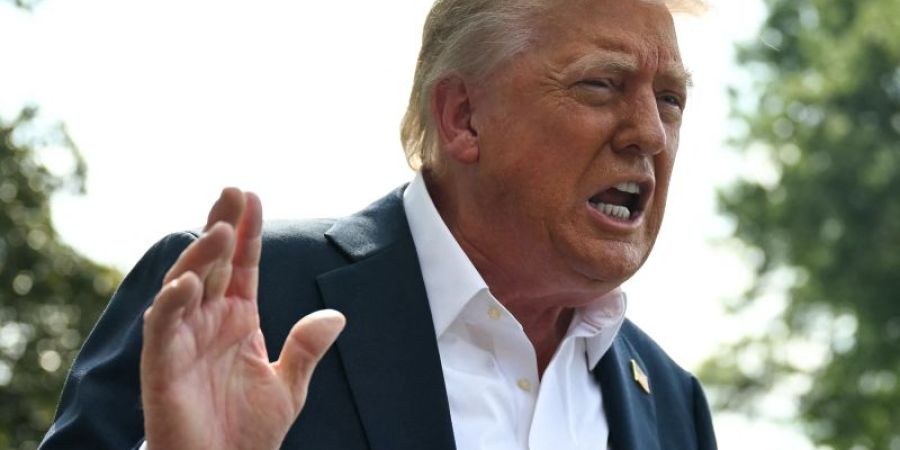Trump Says Indonesia to Face 19% Tariff Under Trade Deal
- 15/07/2025
- 5 comments
- 36
- 125


Mario Chartouni 16:40

Makram Haddad 10:30

Hussain Abdul-Hussain 10:20

Johnny Kortbawi 09:30

Philippe Abi-Akl 08:30

This is Beirut 22:13

This is Beirut 15:00

This is Beirut 13:35

This is Beirut 11:10

This is Beirut 09:20
Hala Abdallah 18:22
Rayan Chami 14/07 18:30
Hala Abdallah 14/07 18:10
Rayan Chami 14/07 16:25

Christiane Tager 21:15

This is Beirut 14/07 17:30

This is Beirut 14/07 13:30

This is Beirut 14/07 12:20

This is Beirut 12/07 17:25

Bélinda Ibrahim 21:16

Bélinda Ibrahim 18:00

This is Beirut 12:30

This is Beirut 14/07 13:55

This is Beirut 14/07 13:00

Makram Haddad 18:15

This is Beirut 14:15

This is Beirut 08:35

Makram Haddad 14/07 18:25

This is Beirut 14/07 14:55

Bélinda Ibrahim 10/07 15:00

Bélinda Ibrahim 09/07 15:00

Makram Haddad 03/07 22:00

Bélinda Ibrahim 03/07 14:00

Bélinda Ibrahim 02/07 18:00

par Ici Beyrouth, 22:18

par Bélinda Ibrahim, 21:17

par Ici Beyrouth, 20:55

par Christiane Tager, 20:30

par Ici Beyrouth, 20:30